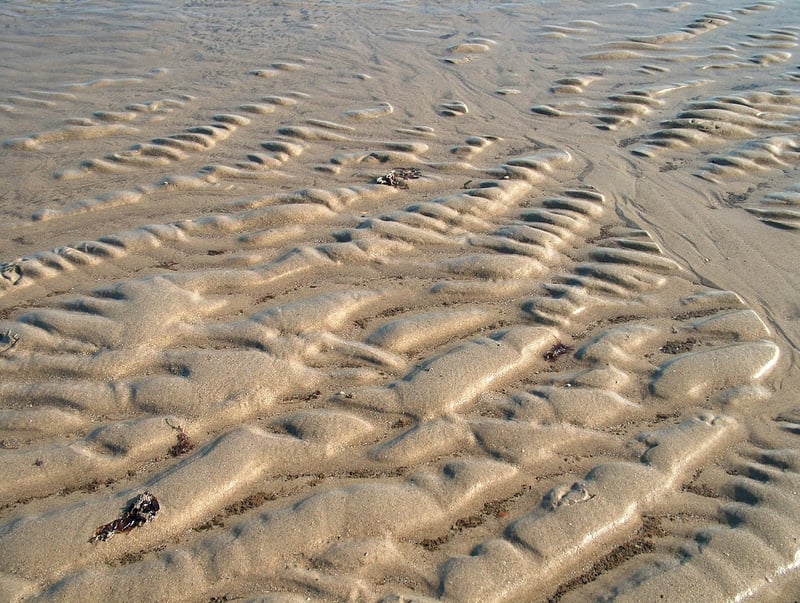Wormhole Travel
Mechanisms of Time Travel and Wormhole Travel
Time Travel
Time travel, a concept often explored in science fiction, has captured the imagination of many. While theoretical physicists discuss the possibilities and limitations of time travel, no practical method has been discovered yet. Here are some of the mechanisms proposed for time travel:
1. Wormholes
One of the most popular theoretical methods for time travel involves the concept of wormholes. Wormholes are hypothetical tunnels in spacetime that could create shortcuts for long journeys across the universe or potentially allow for time travel.

2. Time Dilation
Time dilation, a concept from Einstein's theory of relativity, suggests that time can be experienced differently for two observers moving at different speeds. While this doesn't allow for backward time travel, it does showcase the relative nature of time.
Wormhole Travel
Wormholes, if they exist, could potentially allow for faster-than-light travel between distant points in the universe. Here's how wormhole travel might work:
1. Creation of a Wormhole
To utilize a wormhole for travel, one would need to find or create a stable wormhole connecting the desired locations in spacetime.
2. Traversable Wormholes
For wormholes to be useful for travel, they would need to be traversable, meaning they remain stable and do not collapse under the immense energy and forces involved.
3. Challenges
One of the primary challenges with wormhole travel is the requirement of exotic matter with negative energy density to stabilize the wormhole. This exotic matter is purely theoretical and has not been observed in nature.

In conclusion, while time travel and wormhole travel remain fascinating topics for scientific exploration and science fiction, their practical realization is currently beyond our technological capabilities. As research in theoretical physics progresses, who knows what the future might hold for these mind-bending concepts!
